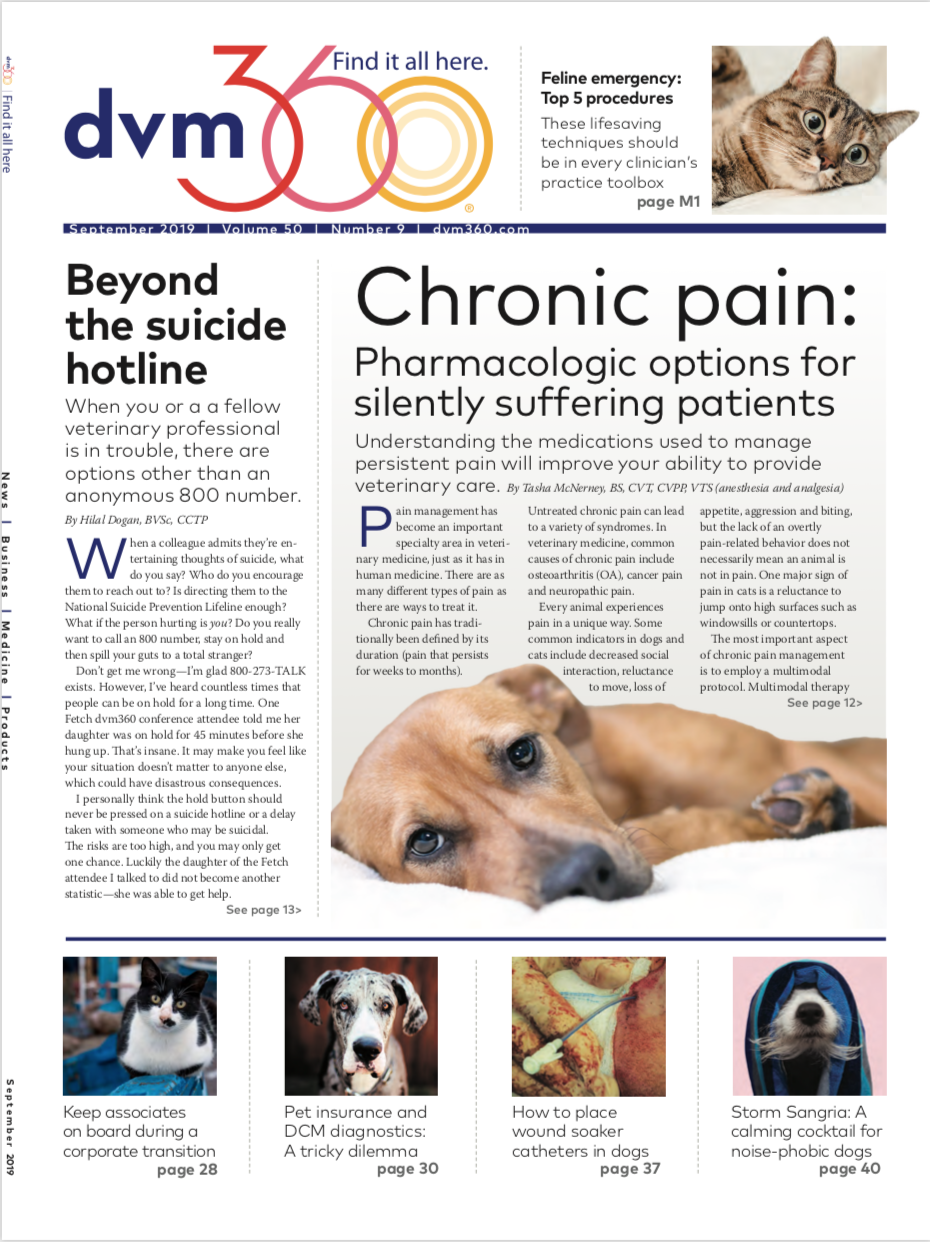Spaying or neutering large-breed dogs increases risk of obesity, orthopedic injury
Results from the Golden Retriever Lifetime Study by Morris Animal Foundation focus on golden retrievers, but report posits data could apply to other large breeds.
Pieter Bregman/stock.adobe.com

A new report based on the Morris Animal Foundation Golden Retriever Lifetime Study (GRLS) found that spaying or neutering large-breed dogs can put them at higher risk for obesity, and if done while the dog is young, also increases their risk of nontraumatic orthopedic injury, according to a release from the foundation. The study was published in July by PLOS ONE.
Spaying and neutering in the mainstream conversation
As veterinarians grapple with these findings, pet owners are doing the same thing. The Atlantic recently covered this study's publication, thrusting the controversy further into the national spotlight.
"For years, we've been taught that spaying or neutering your dog is part of being a responsible pet owner, but there really are advantages and disadvantages to consider when making that decision," says Missy Simpson, DVM, PhD, Morris Animal Foundation epidemiologist and lead author on the report. "Our study results give dog owners and veterinarians new information to consider when deciding on when to spay or neuter their dog, especially when considering the long-term health of their pet."
It's estimated that one-third to one-half of the general population of large-breed dogs are either overweight or obese, the release states. About 2% of the same population suffers nontraumatic orthopedic injuries, such as cruciate ligament rupture.
Dr. Simpson studied the health data from the entire GRLS cohort of more than 3,000 dogs, which was collected over the course of six years. Of those dogs, about one-half had been spayed or neutered.
The data show that spayed or neutered dogs were 50% to 100% more likely to become overweight or obese, and the risk of weight gain was relatively constant regardless of age at the time of spaying or neutering. Age at time of surgery does appear to play a significant role in nontraumatic orthopedic injuries, however, the release notes. Dr. Simpson found that dogs that underwent spay or neuter before 6 months of age had a 300% higher risk of sustaining those injuries.
Though the study and journal article focus on golden retrievers, Dr. Simpson notes that the results can likely be applied to other breeds, particularly large- and giant-breed dogs.
Read more of our coverage, including a sneak peek at this data presented last year and a video with Dr. Simpson, here.
